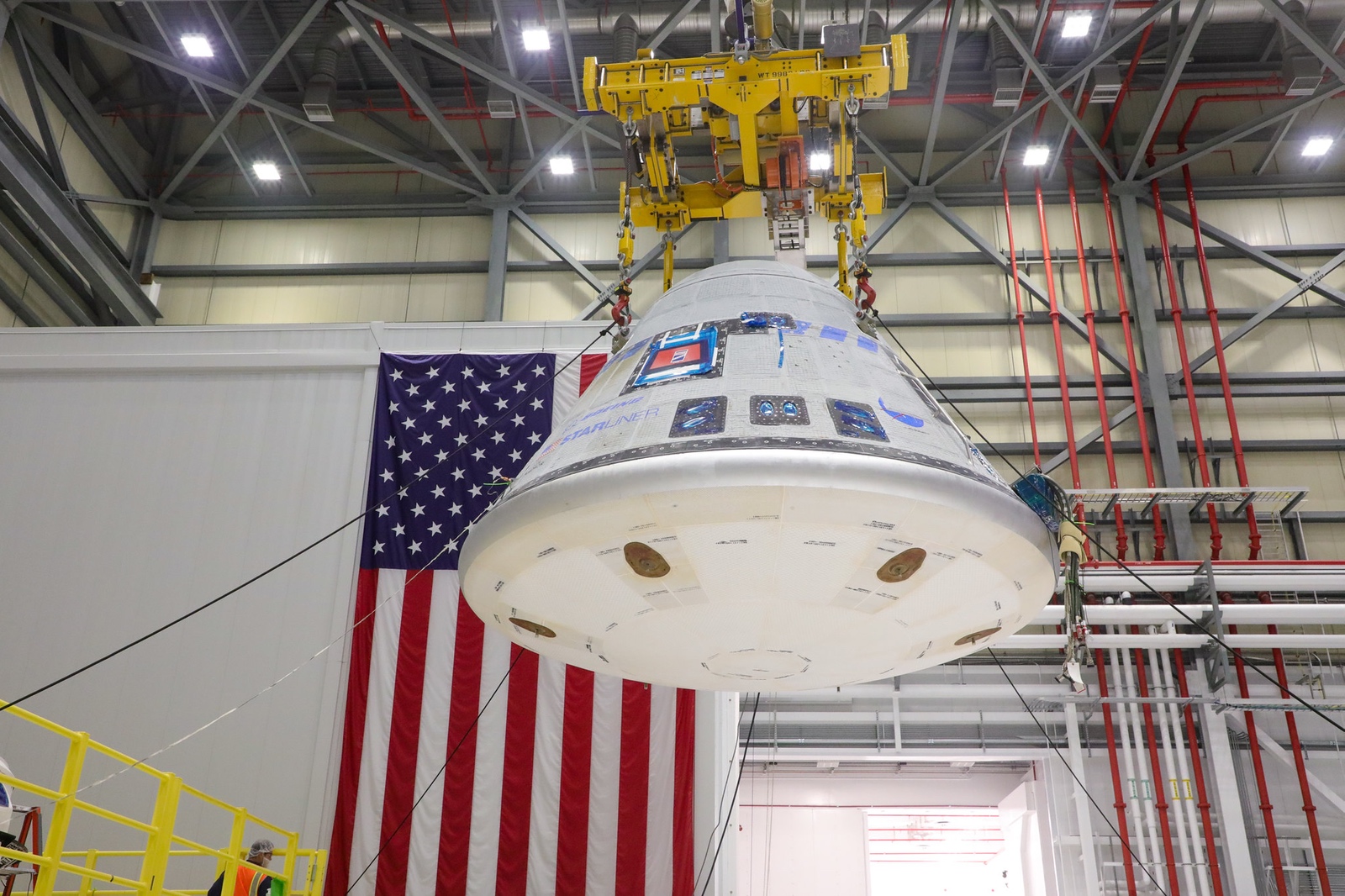WASHINGTON — The chair of a NASA safety panel urged the agency not to rush into a crewed test flight of Boeing’s CST-100 Starliner vehicle, calling for an independent “deep look” at technical issues with the spacecraft.
Speaking at a May 25 public meeting of the Aerospace Safety Advisory Panel, Patricia Sanders, chair of the committee, expressed skepticism that NASA and Boeing will be able to close known issues with Starliner in time for a launch currently scheduled for as soon as July 21.
“There remains a long line of NASA processes still ahead to determine launch readiness” for the Crew Flight Test (CFT) mission, the first crewed flight of the spacecraft with two NASA astronauts on board. “That should not be flown until safety risks can either be mitigated or accepted, eyes wide open, with an appropriately compelling technical rationale.”
She noted the projected launch date, but added it was simply an “opportunity in the launch schedule” and manifest of planned missions to the station. The current launch date for CFT would fit between a cargo Dragon mission, slated to depart the ISS in early July, and the Crew-7 Crew Dragon mission planned for launch in mid-August. That date, she said, is “not necessarily an acknowledgment of readiness to conduct that flight test.”
When NASA and Boeing announced March 29 the July launch date for CFT, a three-month slip, officials said it would give them more time to complete certification of the spacecraft, notably its parachutes. The delay would also allow them to check avionics systems in the spacecraft after finding a logic error in one unit.
Parachute certification remains a “pacing item” for the launch, Sanders said, but also brought up several other issues, some of which she said were only recently revealed through analysis of data products as part of the certification process. She mentioned specific open risks of ongoing integrated software testing as well as battery sidewall rupture concerns, a risk accepted “for the interim only.”
“It is imperative that NASA not succumb to pressure, even unconsciously, to get CFT launched without adequately addressing all the remaining impediments to certification,” she said, adding that any decision to accept risk for the short-duration CFT flight should not justify accepting it for later operational flights lasting up to six months.
“Given the number of remaining challenges to certification of Starliner, we strongly encourage NASA to step back and take a measured look at the remaining body of work with respect to flying CFT,” she concluded, arguing that the agency should bring in an independent team, such as from the NASA Engineering and Safety Center, “to take a deep look at the items on the path to closure.”
Neither Boeing nor NASA have provided many updates on the status of preparations for the CFT mission. A Boeing website devoted to Starliner updates was last updated with the March announcement of the new July launch date.
At a May 16 meeting of the NASA Advisory Council’s human exploration and operations committee, Phil McAlister, director of the commercial space division in NASA’s Space Operations Mission Directorate, reiterated the planned CFT launch date of no earlier than July 21. “We’ve made a lot of good progress over the last three or four months on the hardware. I think the hardware is in good shape,” he said.
However, he said that certification work continued on the vehicle and was the pacing item for CFT. Parachute verification was the “long pole” in completing that work, with more parachute testing planned before the mission. “That could potentially affect the date of the flight,” he said. “At this point, if the tests go nominally, we should have plenty of time to make the July 21 date. But, you never know. That’s why we do these tests.”
